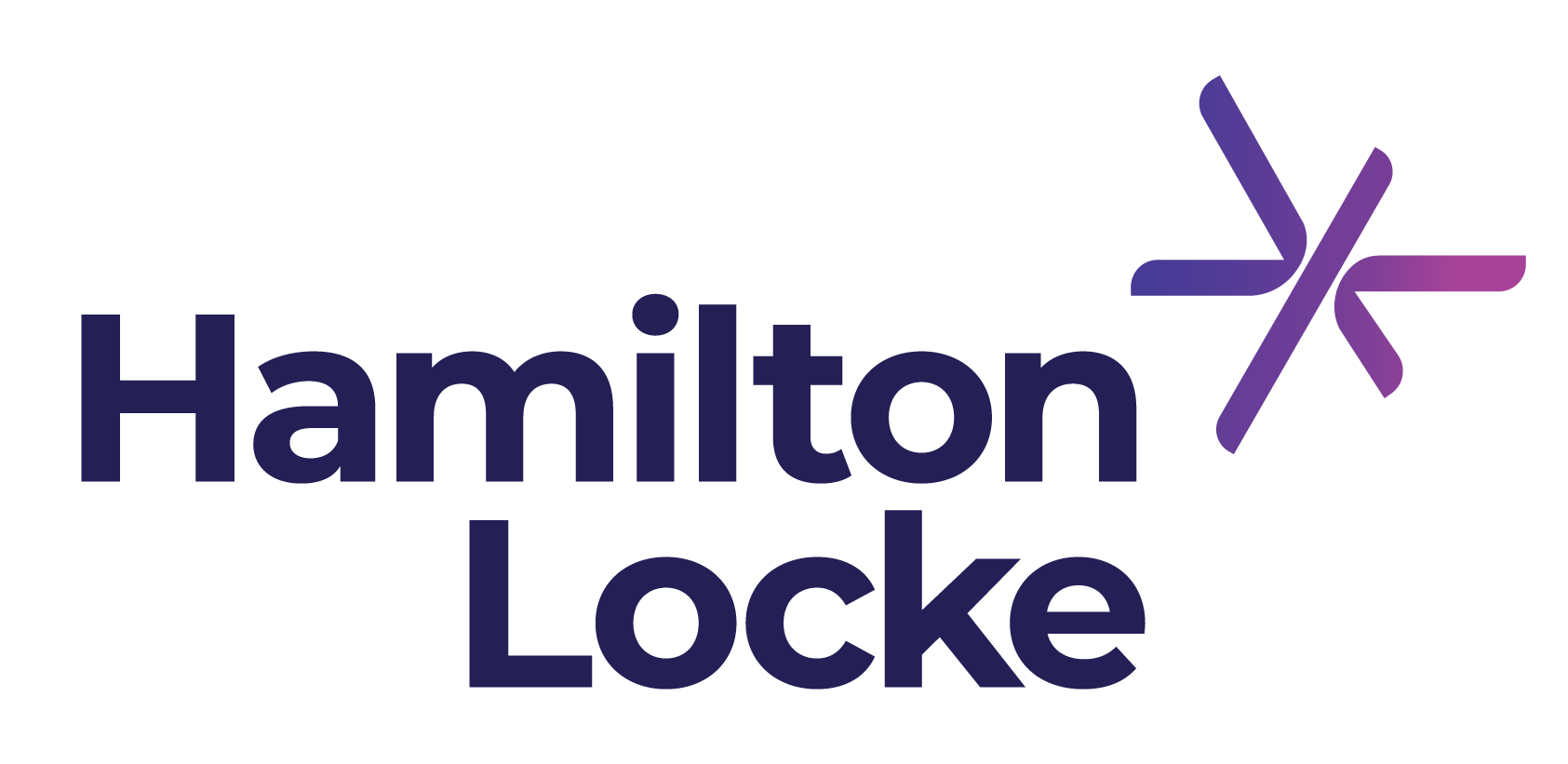IN A BIND? – TRAPS IN BINDER AGREEMENTS.
Published on Jul 06, 2020

Binder agreements are regularly entered into by insurance agents or brokers who are seeking to offer insurance on behalf of the insurer.
A party that holds a binder will perform certain functions for and on behalf of the insurer including issuing policies and handling administration including variations, endorsements, cancellations, and claims.
Beyond the operational considerations of rating the risk, pricing premiums, issuing the policies and handling claims, there may be traps for the unwary. So what are our top five commercial tips for negotiating binder agreements?
1. Servicing Rights, Client Data and Intellectual Property
Where you are servicing clients under a binder, the binder agreement needs to be clear about who owns the client servicing rights. Specifically:
- Who owns the goodwill in the client portfolio;
- Who can service the clients during the term of the agreement; and
- (Most importantly) what happens with the clients when the binder agreement terminates or expires.
If this is left unclear or ambiguous, the insurer may attempt to keep the clients and seek to invite renewal from the client portfolio even though you have brought them into the relationship (and the goodwill in the client base should remain with you). Imposing reasonable commercial constraints which prevent the insurer from directly contacting the clients is important.
You also need to ensure that you have permission to use the client’s personal information and any other data which allows you to provide services to them. It’s important to make sure that:
- You’re able to use personal information in accordance with the privacy laws while acting under binder; and
- When the binder terminates, you are able to continue to use personal information you have collected, if you have ownership of the client servicing rights.
If you are developing or creating intellectual property under the binder agreement (e.g. you have drafted the policy wording), you have developed trade marks (registered or unregistered), or you have invested in customer transaction portals or risk management initiatives which are unique, the binder terms should:
- Protect your intellectual property rights; and
- Be clear on how your intellectual property can be used by the other party (during the term or after).
2. Profit share
Many binder agreements have a ‘profit share’ component. Ensure that you understand the profit share commission under the binder and that you have access to all of the information you need to confirm your profit share. This is an area where there are often disputes about what has been agreed and it is worth having a lawyer review the drafting of the profit share calculation to make sure it accords with your commercial understanding.
The binder agreement needs to:
- Detail accurately how the profit share will be calculated;
- Include dispute resolution clauses and protections specifically tailored for the profit share arrangement (including the use of an insurance expert for profit share disputes); and
- Oblige the insurer to share information such as loss ratios and other actuarial assessments that go towards the calculation of the profit share.
3. Scope of the authority
The scope of the authority under the binder must be appropriate for the services that the binder holder will provide.
Ensure you know what your rights are in relation to:
- Communicating with clients;
- Using the insurer’s branding and trademarks;
- Communicating with the regulator and supplying information to the regulator including mandatory data breach reporting;
- Individuals who are authorised to make underwriting decisions and settle claims; and
- Sub-delegating the binder or appointing sub-agents to carry out tasks under the binder.
Generally it is the insurer’s obligation to make sure a binder holder acts within the scope of their authority so there is incentive for both parties to make the scope clear, precise, and covers all of the necessary services.
4. Representations and warranties
When entering into any agreement, you will have to rely on the other party’s representations, which is why these are expressly included in the relevant contract.
At a minimum, each party should be required to make representations and warranties that:
- They have the appropriate Australian financial services licence authorisations to provide the services (this will be particularly important when claims handling becomes a regulated financial service);
- They have the power to carry on their business as contemplated for the performance of the obligations under the binder;
- They are not aware of any previous or future investigation or disciplinary activity by any regulatory body; and
- Entry into the agreement will not conflict with any law, regulation or other document, instrument or agreement.
5. Termination
Do some groundwork at the beginning of the relationship to make sure that when things end, there is an orderly end to the relationship which minimises the impact on clients and your business.
You should consider:
- When will the binder terminate? What conditions trigger early termination? Make sure you have the ability to exit the binder quickly if you need to for defaults involving the insurer. For example, if the insurer breaches the law, or their actions may result in serious reputational damage (though there may need to be a delay to give the insurer a chance to rectify any breach);
- What are the timeframes for giving notice for termination? Realistically, how long would you need to find another underwriter and how much notice must be given for termination without cause?
- Are there changes to the terms which can be made unilaterally by the insurer and might ‘constructively’ terminate the relationship? For example, changes to approved premium rates and policy terms and conditions made by the insurer. How quickly can you terminate when that happens?
- Will the binder terminate upon change of control of a party, or upon the resignation of a Key Employee (underwriter/director) of the binder holder? If so you may need to build clauses into other agreements (such as employment contracts) to ensure you don’t trigger termination of the binder inadvertently.
Once the binder has been terminated:
- Is your appointment automatically revoked?
- Who retains the rights to service the clients?
- Who is responsible for ensuring clients continue to be serviced (e.g. variations/cancellations)?
- Is there a transition period until the expiry of the insurance policies?
The easiest way to manage these issues is to ensure that a ‘run off period’ is built into the contract, to allow the binder holder to continue acting under the binder until the policies expire. This avoids the risk that the clients will be left exposed. However any run off period must take into account things like the insurer or the binder holder losing their authorisations or other events like insolvency that may impact the ability to continue servicing clients.
If you need support reviewing, drafting or negotiating binder agreements, get in touch – we’d be happy to help.
July 2020


